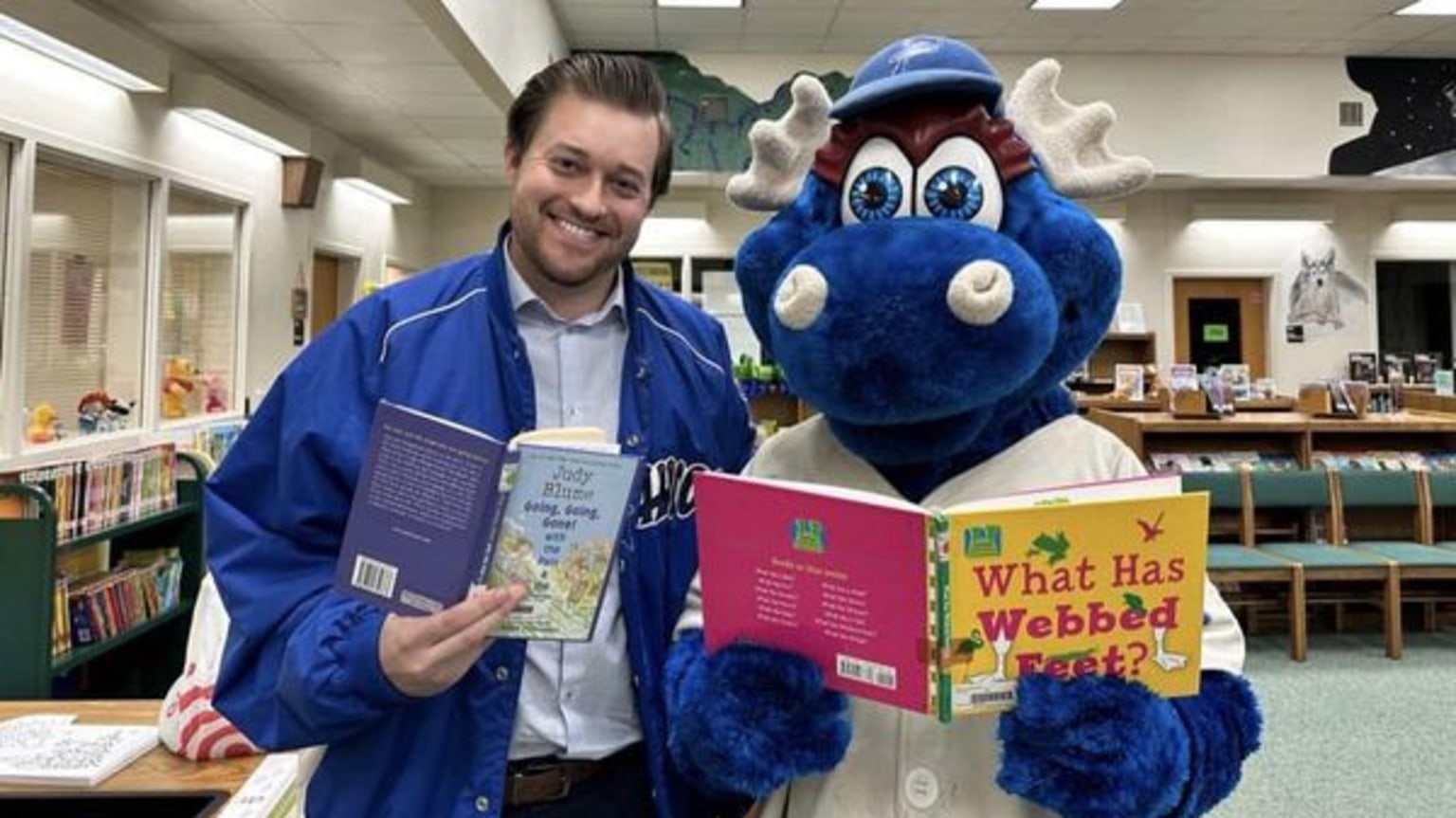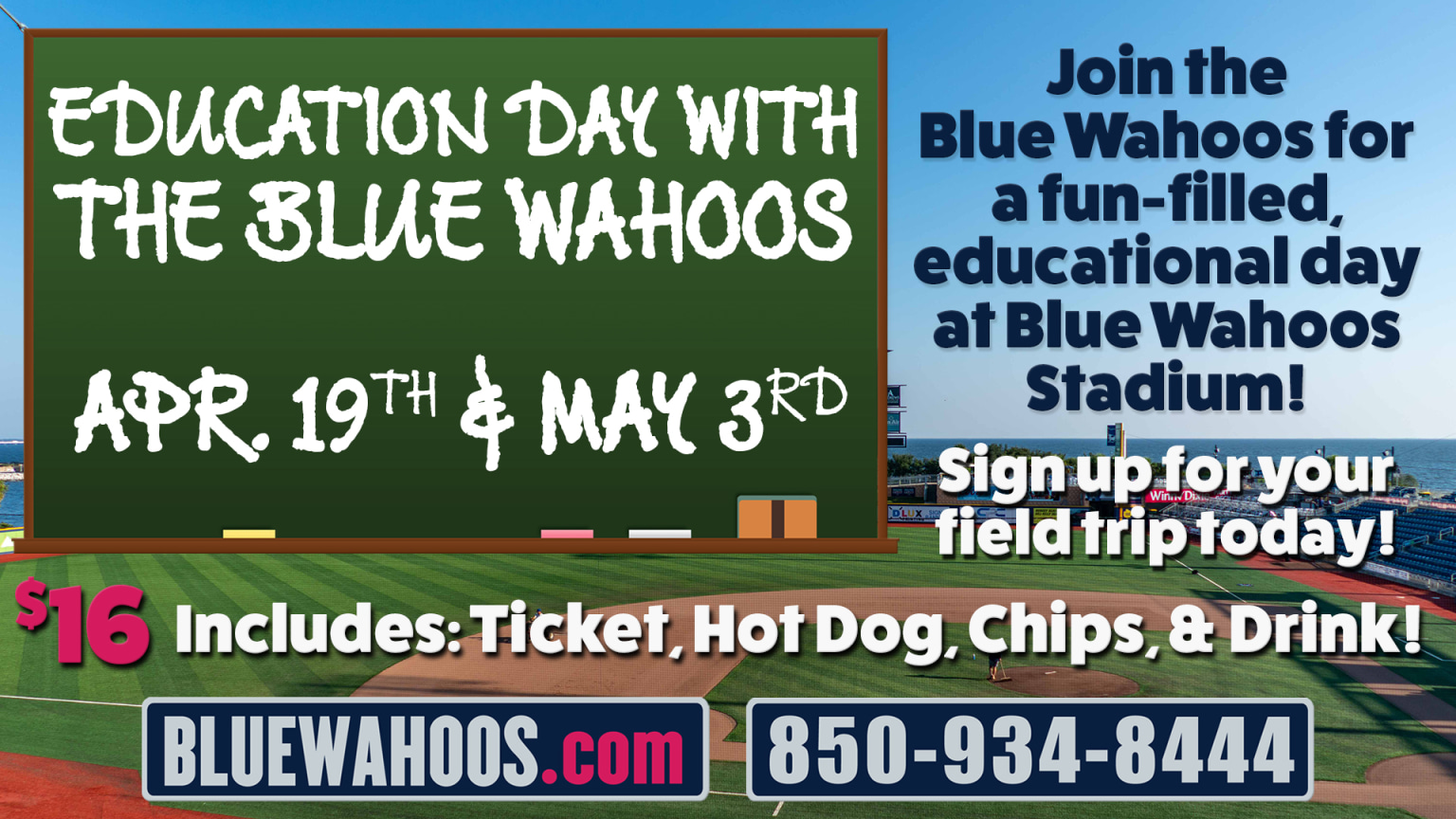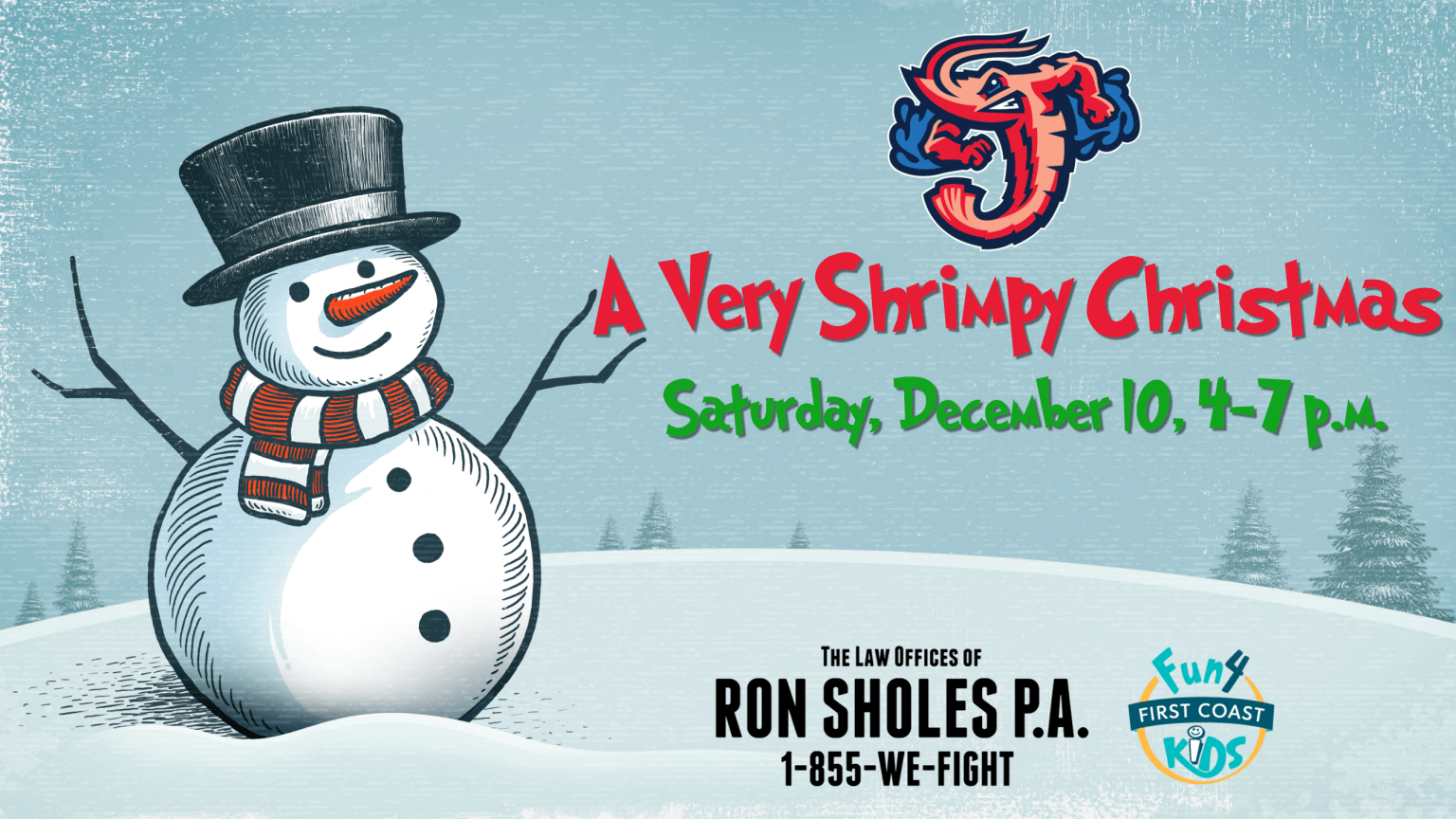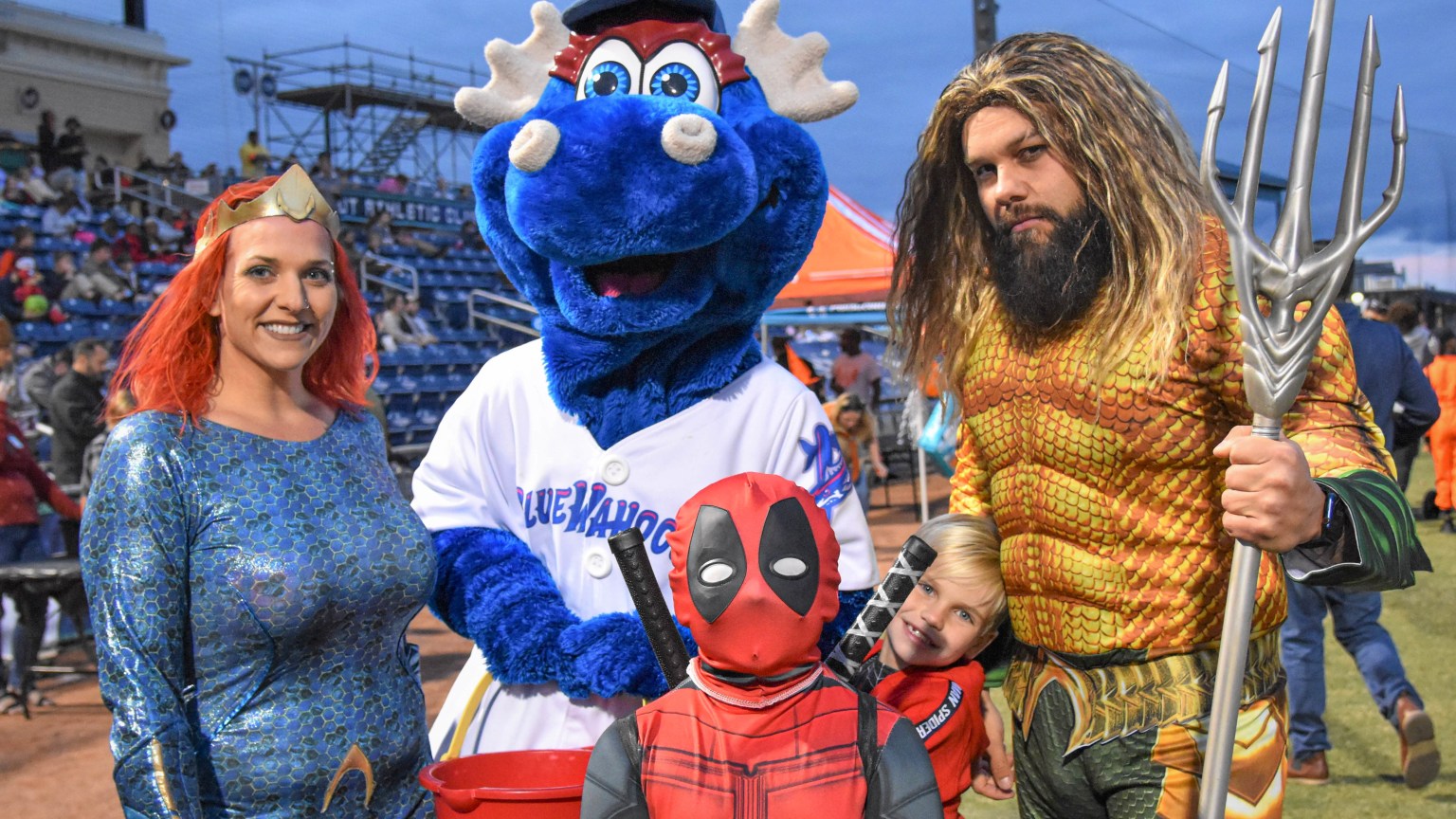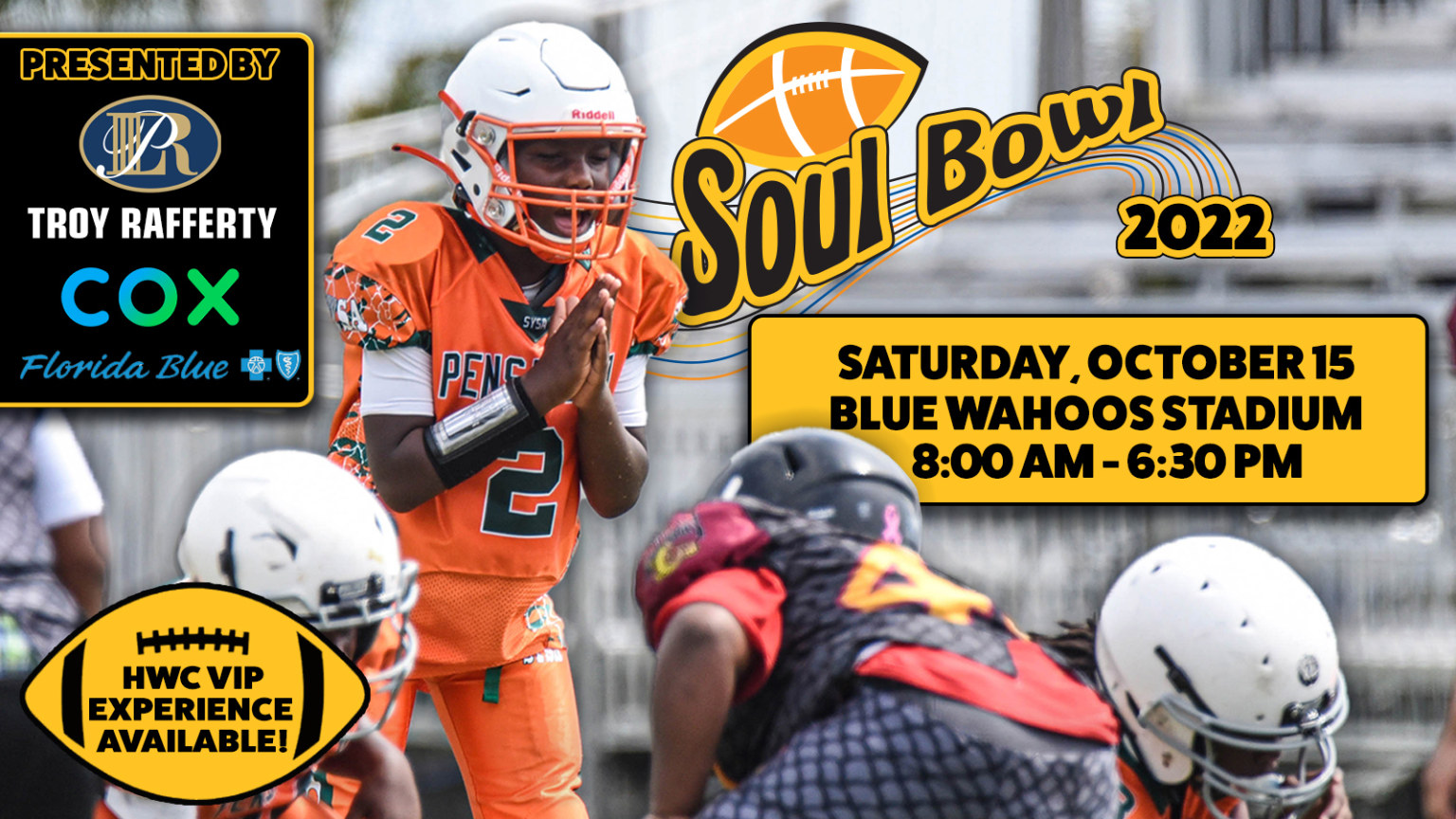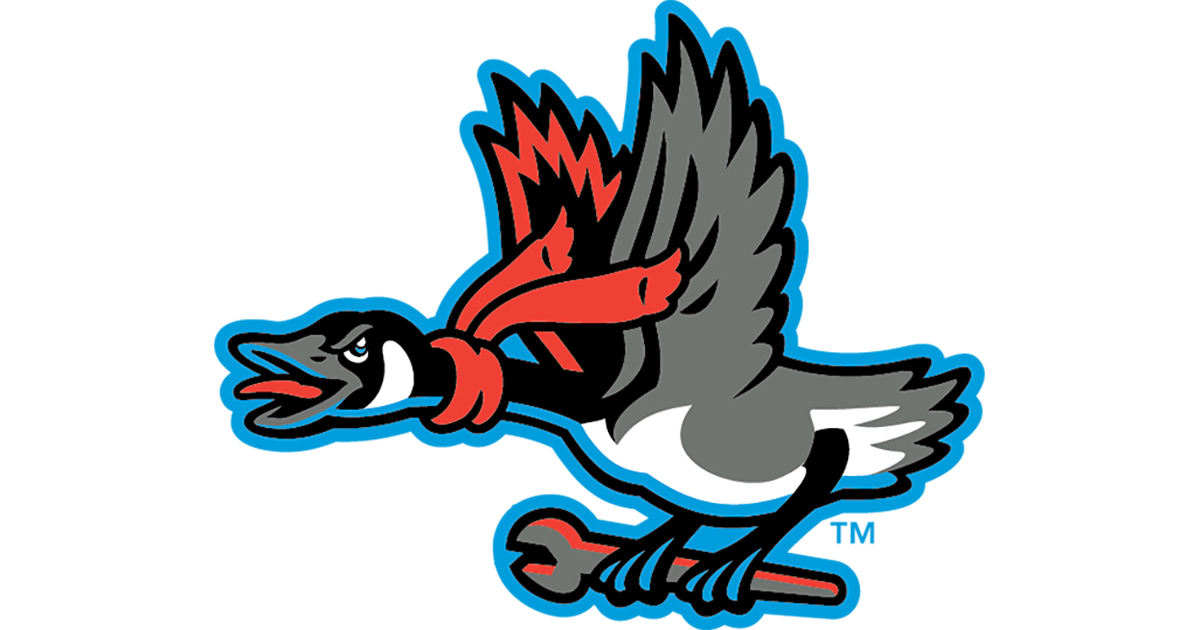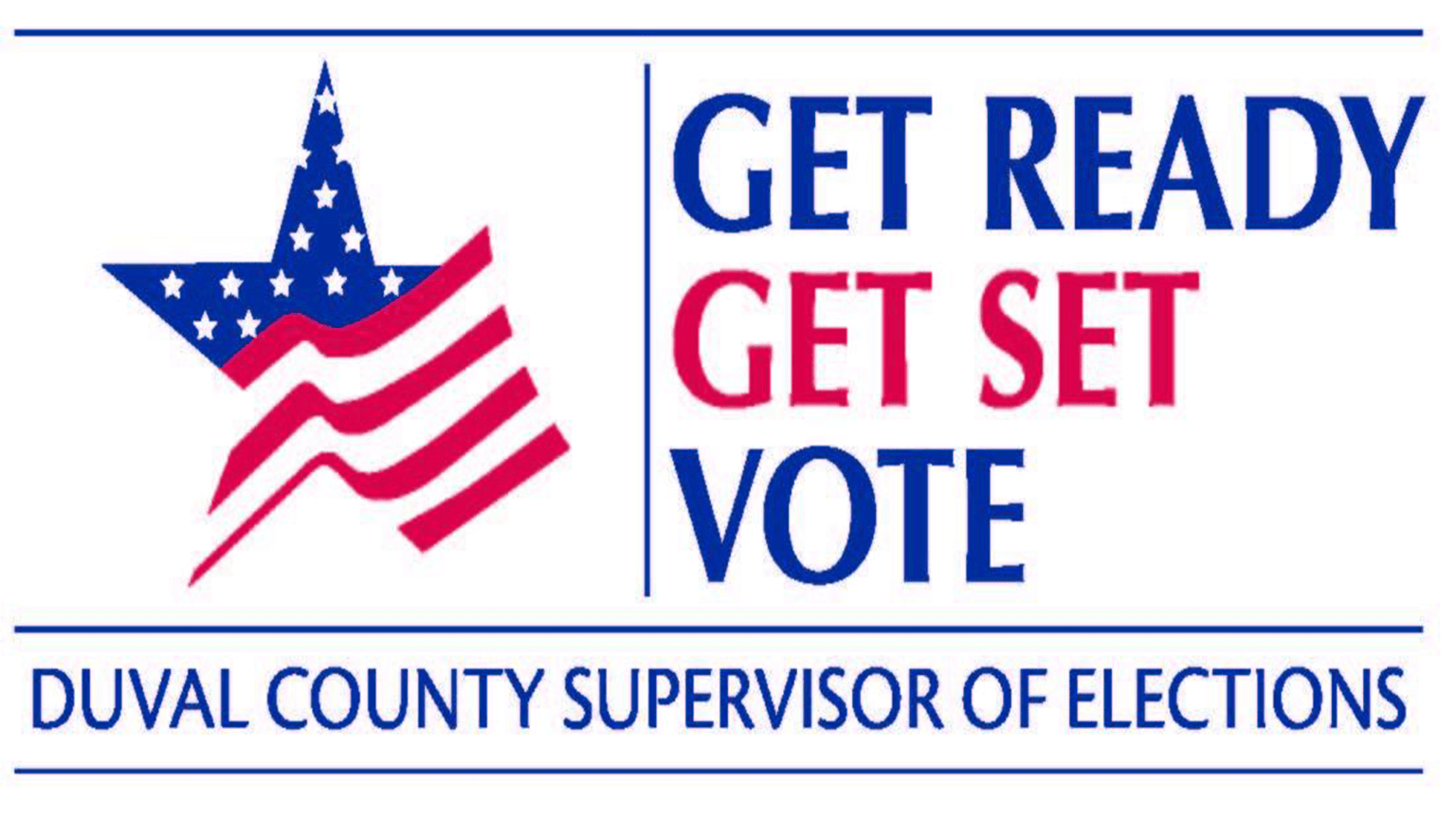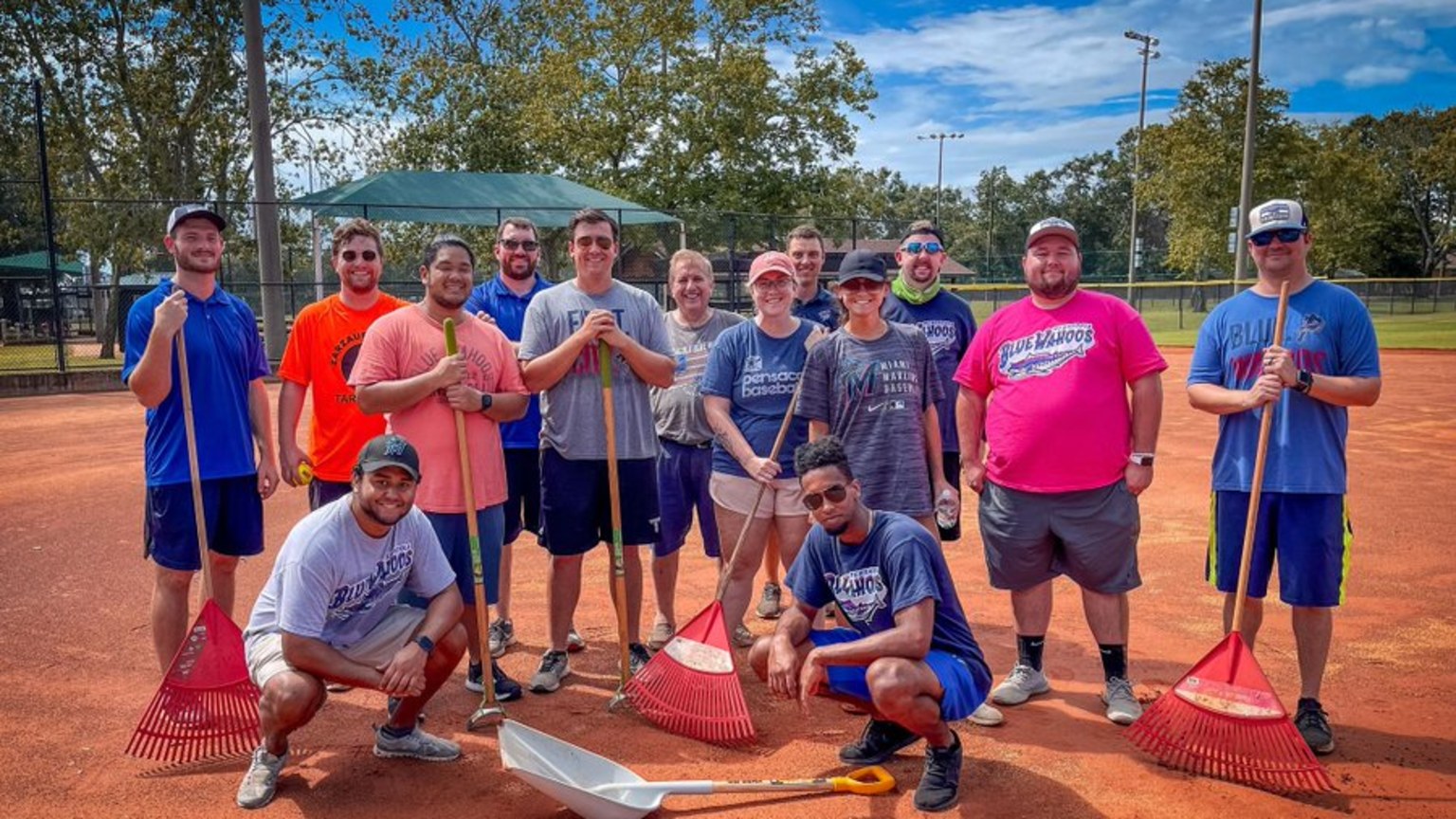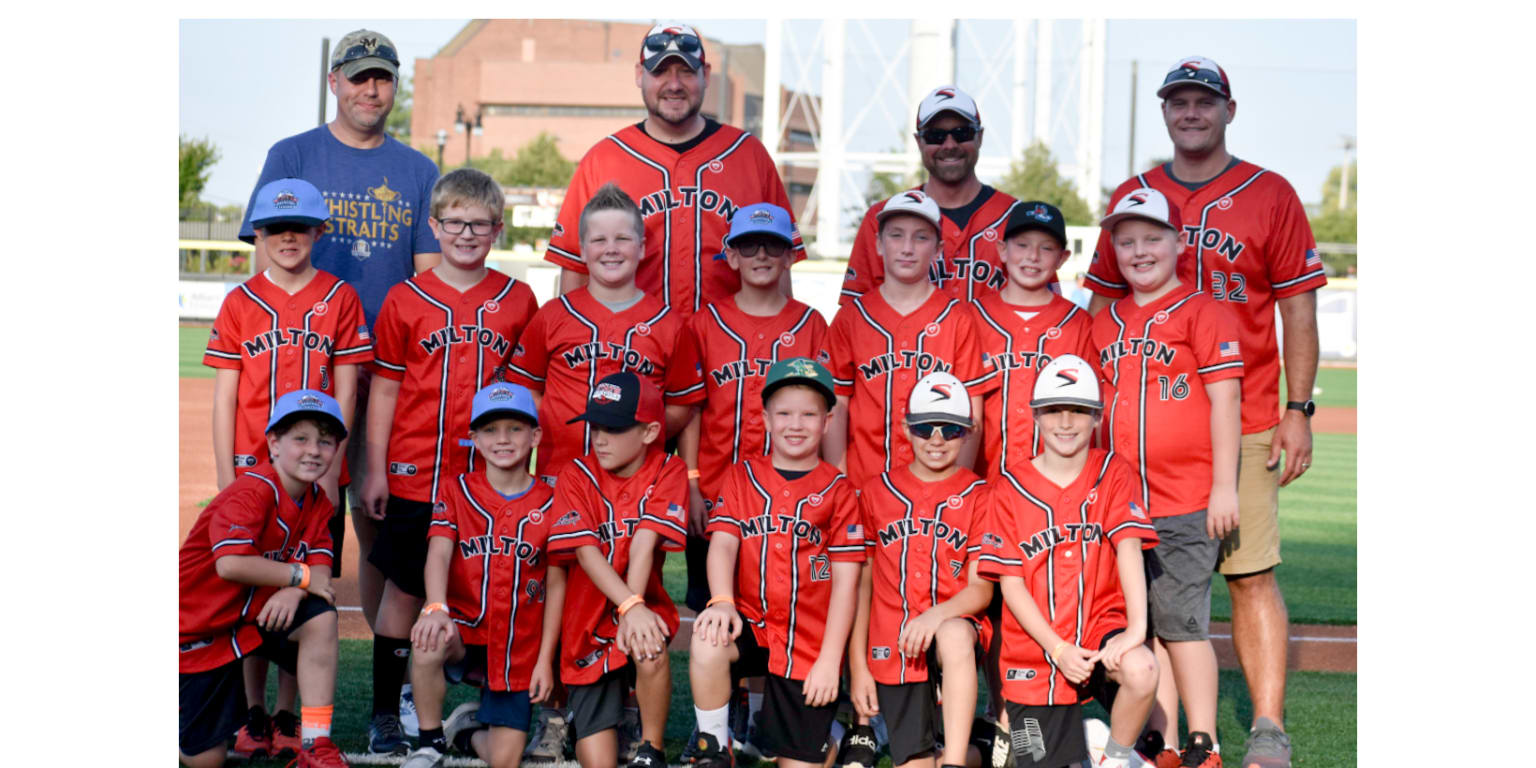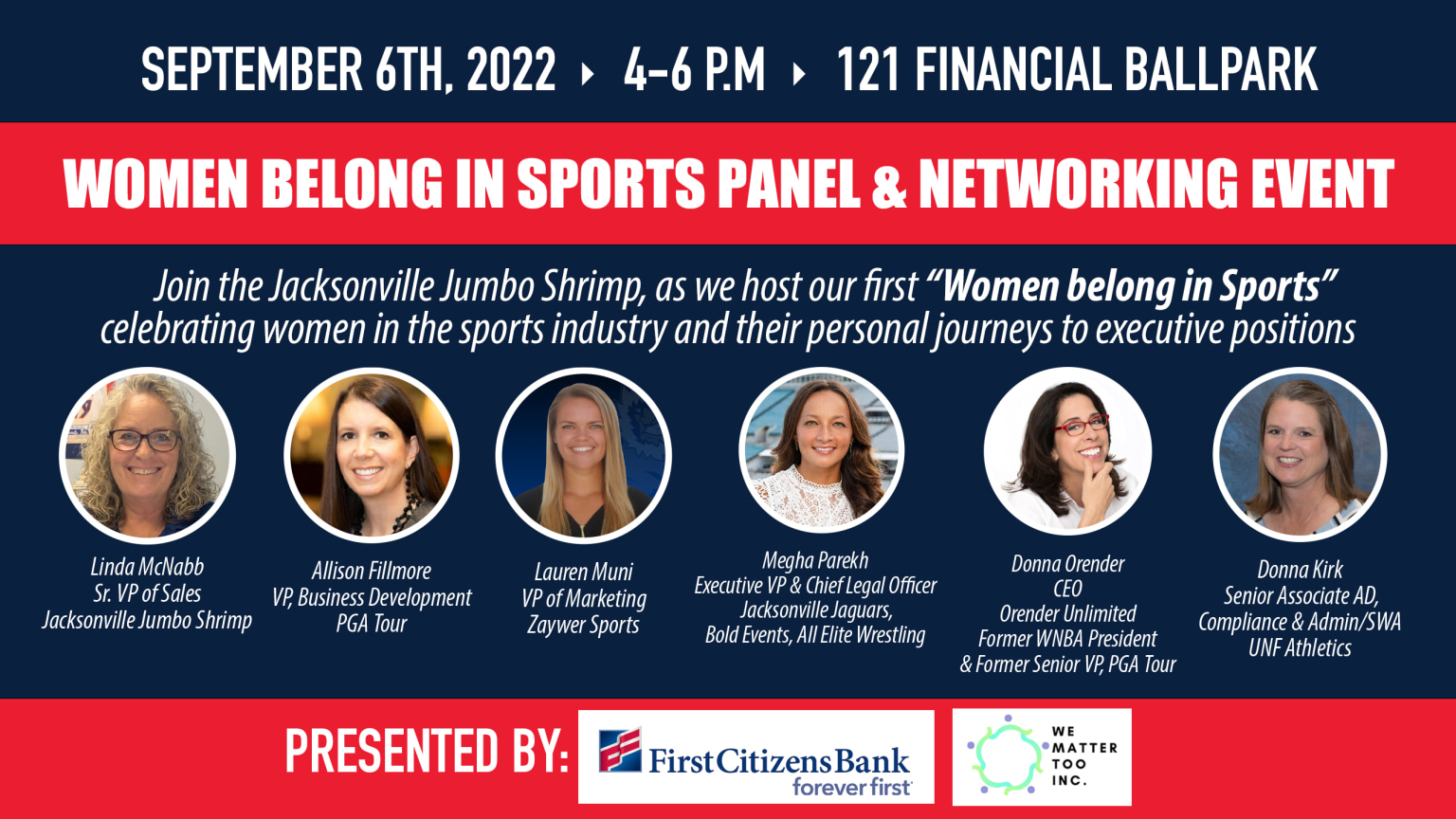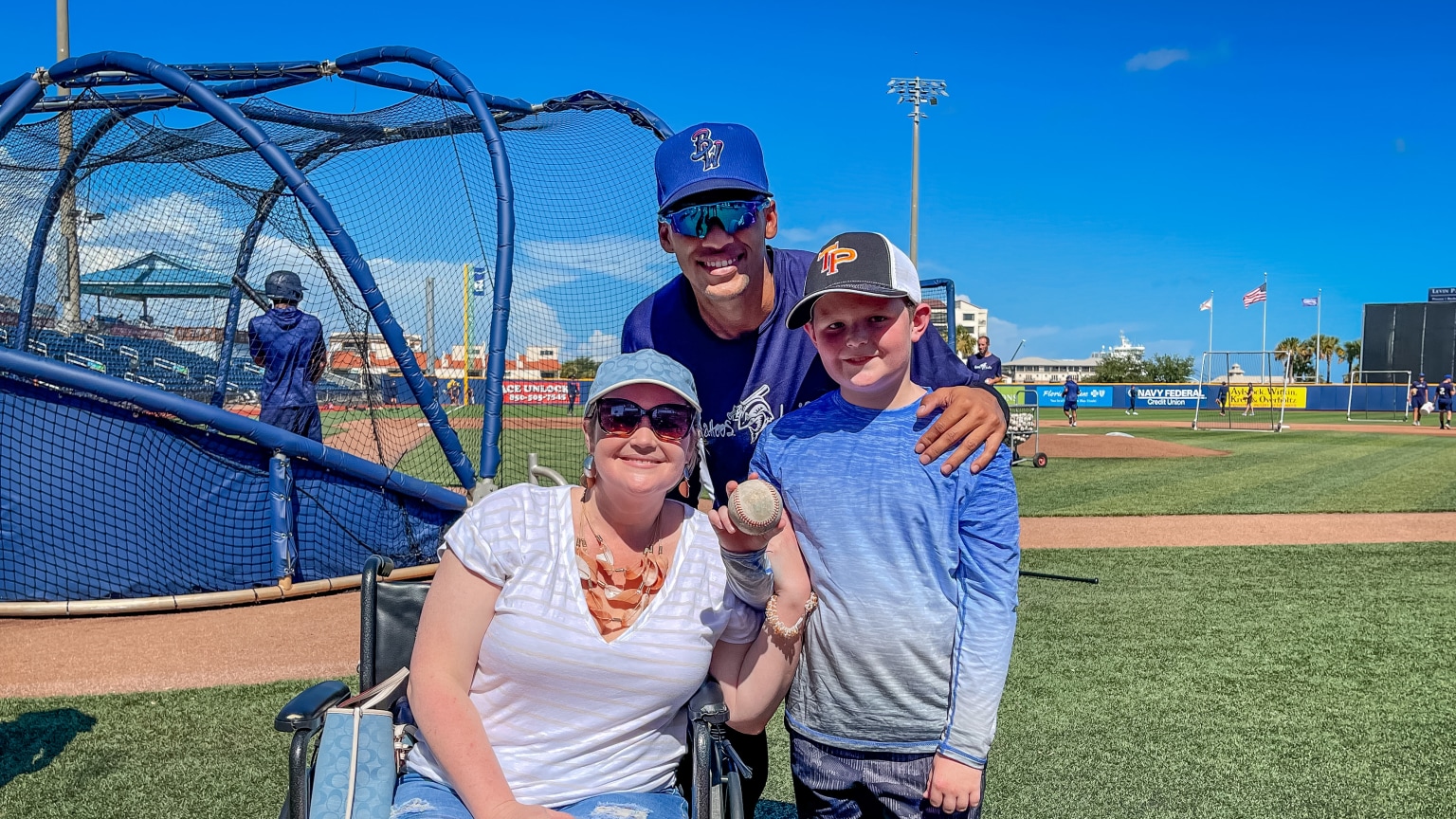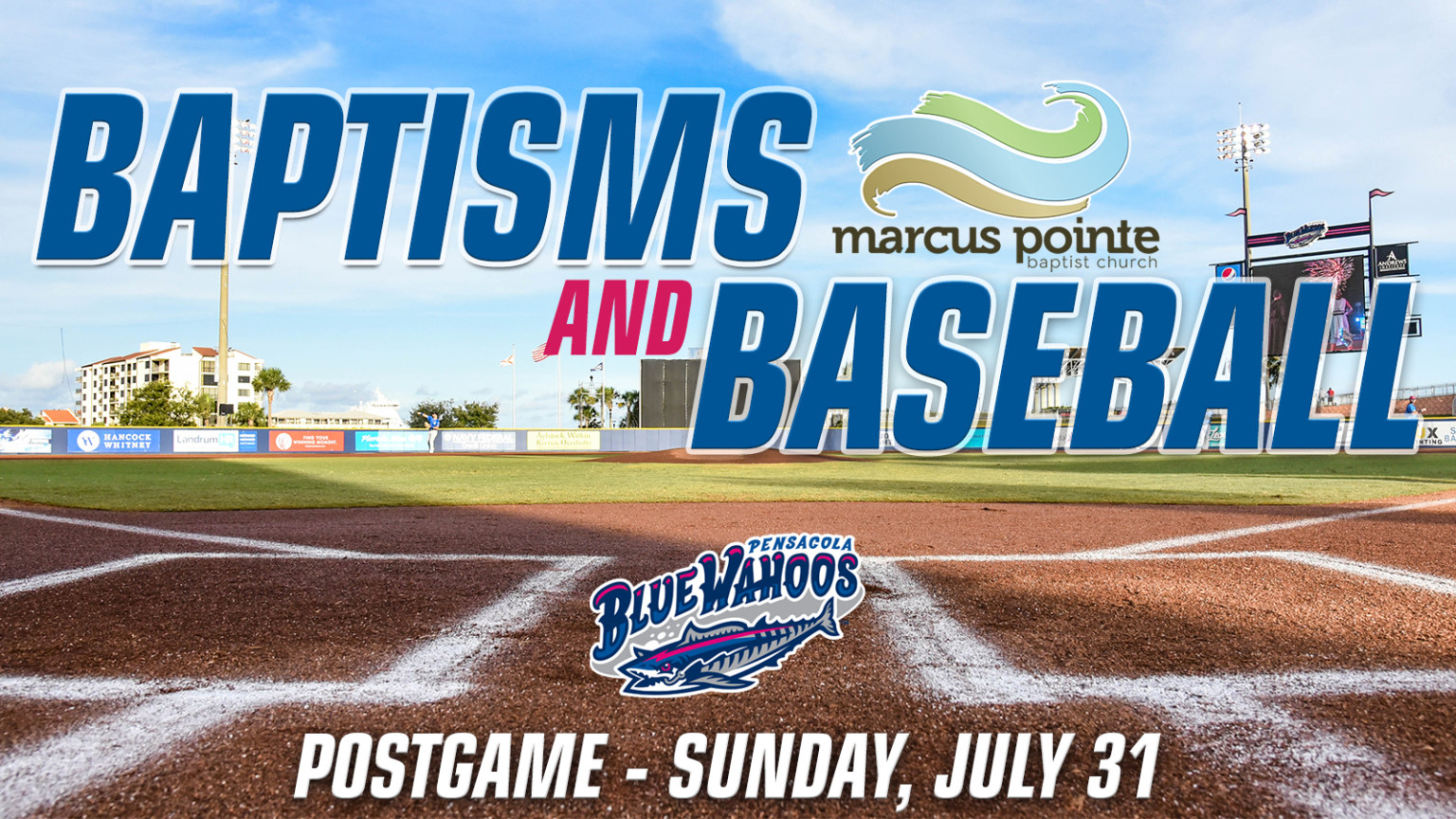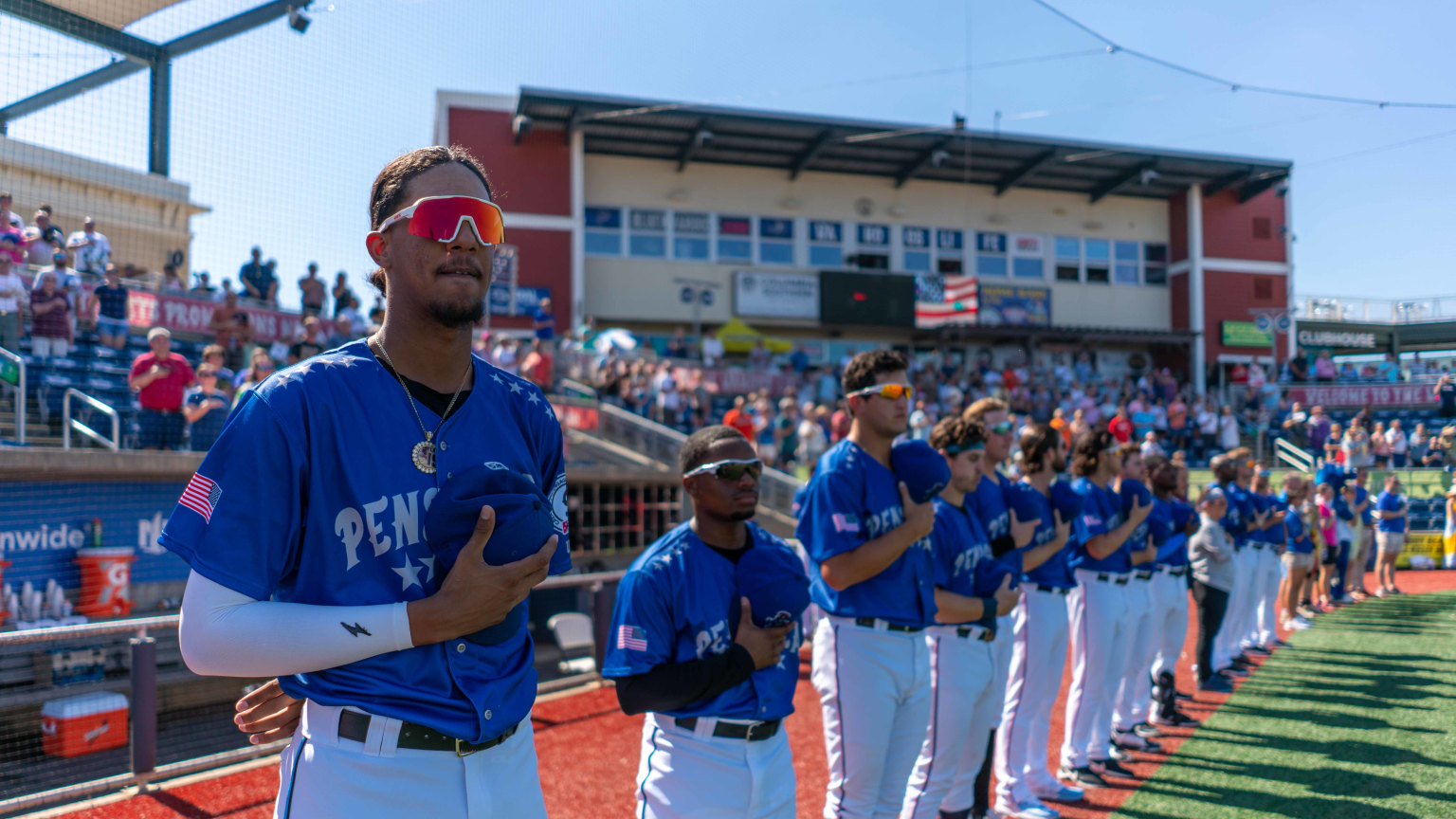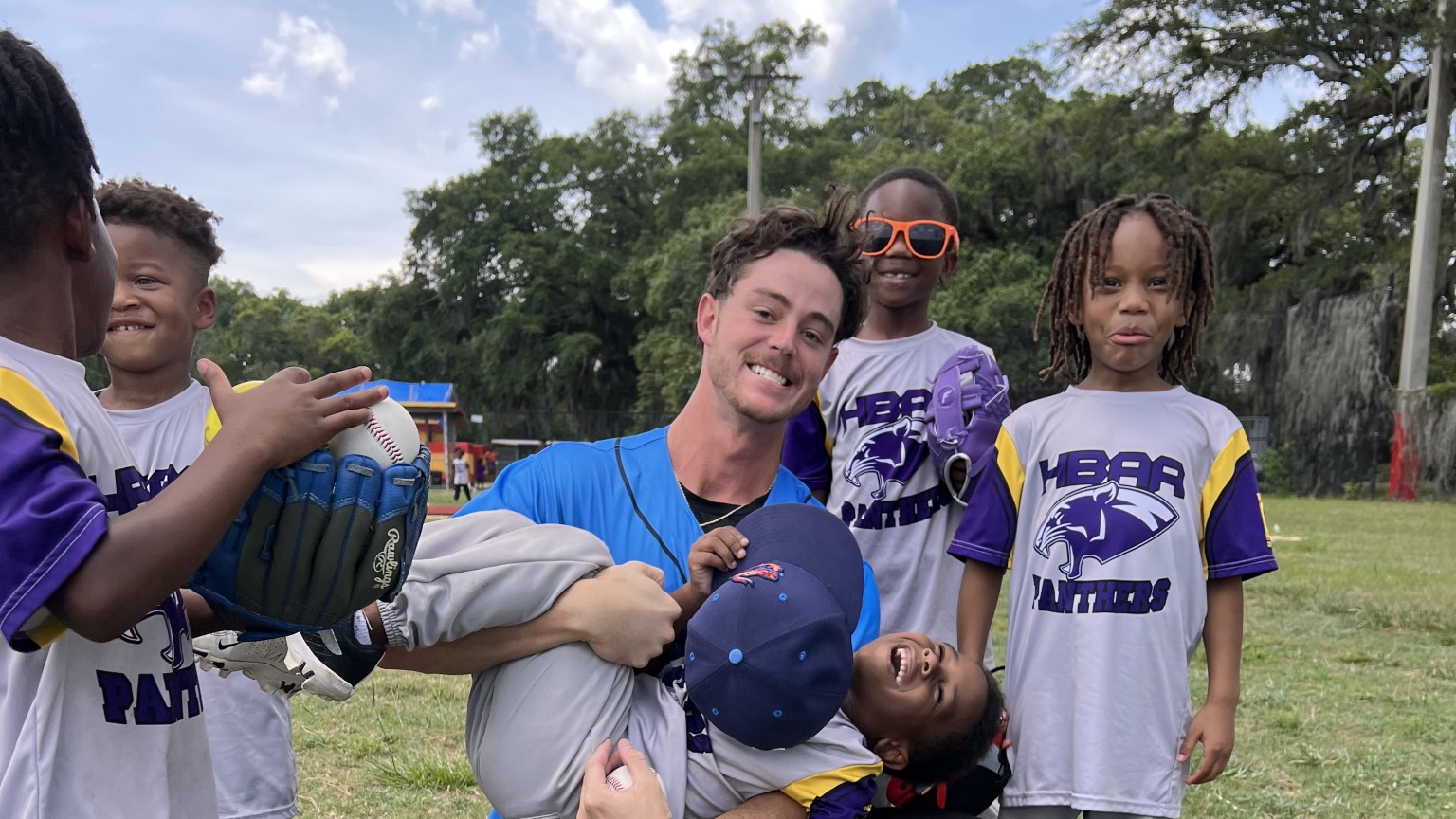Here is a link to the original story on the team's website.
 A classroom door opened at Pensacola’s Montclair Elementary School and joyous screams ensued.
A classroom door opened at Pensacola’s Montclair Elementary School and joyous screams ensued.
Yes, Kazoo was in the house.
The Blue Wahoos beloved mascot was part of a special Literacy Night program December 15 for young grade school students. Joined by Lauren Scott, the Blue Wahoos community relations and merchandise manager, along with Erik Bremer, the voice of the Blue Wahoos as broadcast director, the group delighted and enlightened children that day with a special appearance before school let out for the holiday break.
“You see that kind of reaction and it’s special,” Scott said. “The kids are screaming ‘Kazoo! Kazoo!’ and they know us through Kazoo, even though many haven’t been to a baseball game yet.
“So it’s neat and we had a lot of fun doing it, reading to the kids and just interacting with them. Erik was getting everyone involved so it was a great time.”
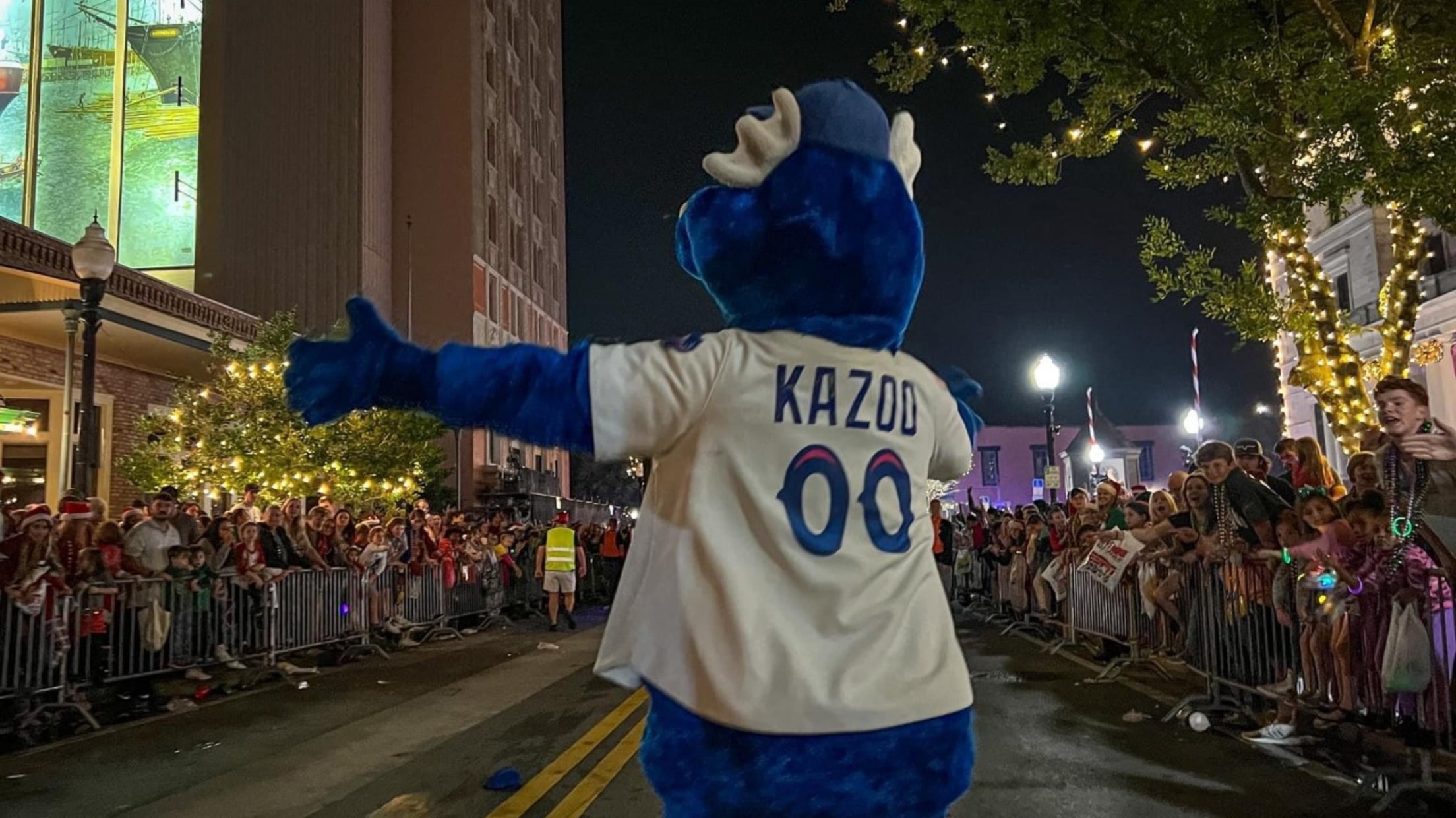
Blue Wahoos beloved mascot Kazoo greets thousands of parade spectators at Pensacola’s annual Christmas parade downtown on December 10.
Dan Venn/Blue Wahoos
The experience that day was part of the Blue Wahoos busy December. A lot has happened this month at a time presumed to be a slow period in the professional baseball world.
In the days leading up to Christmas, the Blue Wahoos staff participated in two Christmas parades, spent one day restoring a baseball field at Pensacola’s Catalonia Square, had team executives attend the Baseball Winter Meetings in San Diego, been host to private parties and events at Blue Wahoos Stadium, plus provided team representation at other community events.
“It has been a whirlwind, but in a great way,” said Steve Brice, who joined the Blue Wahoos in mid-November as the team’s executive vice president and general manager, working in tandem with team president Jonathan Griffith. “I love being busy.”
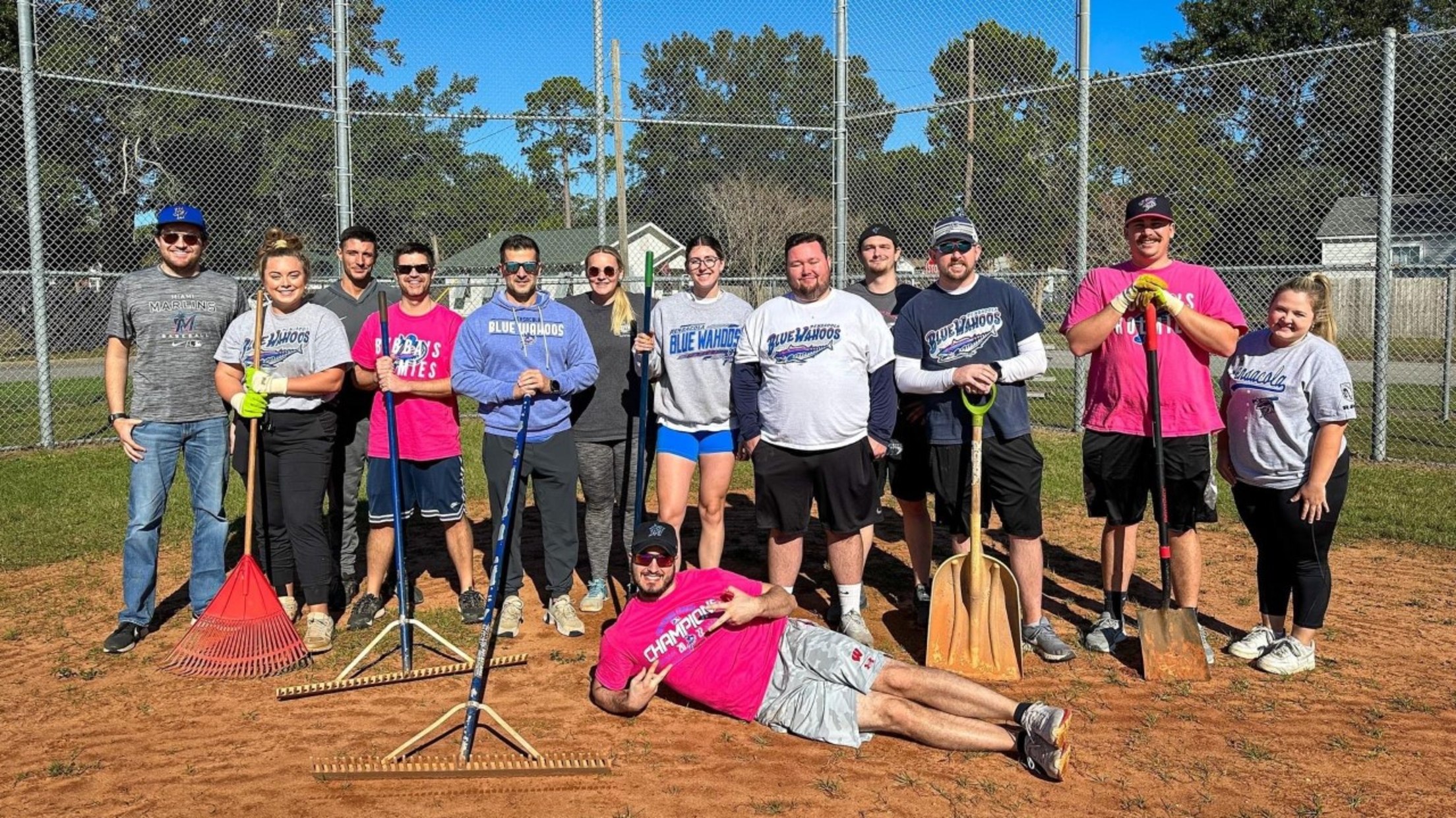
Members of the Blue Wahoos front office staff joined together on Dec. 15 to help renovate a City of Pensacola youth baseball field as part of an annual project.
Dan Venn/Blue Wahoos
During a time traditionally viewed as the slowest point of an off-season, the Blue Wahoos have kept active within the Pensacola community heading into the Christmas and New Year holiday weekend.
Kazoo and team staff members were part of the Gulf Breeze Christmas Parade on December 3, followed by the Cox Pensacola Christmas Parade on December 10.
Working in two shifts, the group also recently helped restore two baseball fields at Catalonia Square, a City of Pensacola park which is also known for being where Pro Football Hall of Famer Derrick Brooks began his youth football career. A lot of weed-pulling, debris clearing and removal of glass shards occurred.
“Even though the field might not have looked like it was in too rough of shape from afar, it still took us most of the day to fix it,” Scott said.
The project was part of an annual commitment the Blue Wahoos make in the community in a partnership with Waste Management, a Blue Wahoos corporate partner. Each season since the inaugural 2012 season, the Blue Wahoos staff and groundskeeping crew have taken on a project at one area baseball field to upgrade and restore the conditions.
It’s another way the team meets a mission to improve the quality of life in the Pensacola community.
Participating in the Christmas parades provides opportunity for the Blue Wahoos to reconnect with fans and further awareness.
For Brice, it was his first experience in both the community parades. He was tossing beads, candy and passing out Blue Wahoos hats to throngs of people in the massive downtown Christmas parade.
“I jokingly said to someone, I feel like I’m part of The Beatles right now,” Brice said. “People were yelling, “Go Wahoos!’ and everyone wanted a hat, or one of the cushy baseballs we had. There were so many people that night downtown and to be part of that was really great.”
The biggest challenge? Trying to figure how much candy, beads, hats and other items to participate in two parades.
“Even prepping for it was wild because I had cases of candy here and (co-staff worker) said, ‘Oh that’s not enough. I literally bought Sam’s (Club) out of candy,” said Scott, who joined the Blue Wahoos in March and was promoted to a dual role as merchandise and community relations manager. “That was wild having to go back and almost double everything to have enough.”
“In the baseball season it was so busy and everyone was telling me, ‘oh the offseason that’s the chill time”. And the whole time I have been like, yes there are not games on the field, but I am still really busy and it’s different thing.”
But as Scott pointed out, it’s also been a good thing in ways to stay connected in the Pensacola area and keep the Blue Wahoos awareness with community impact.

